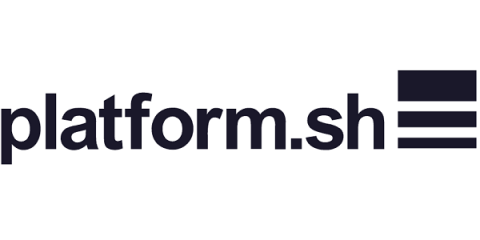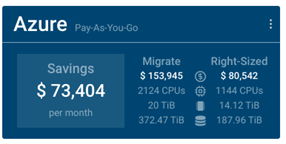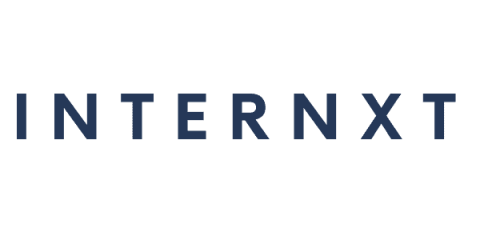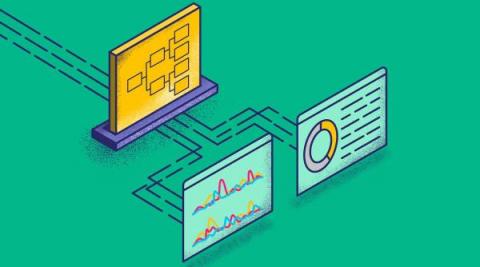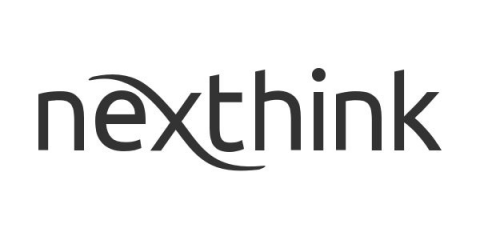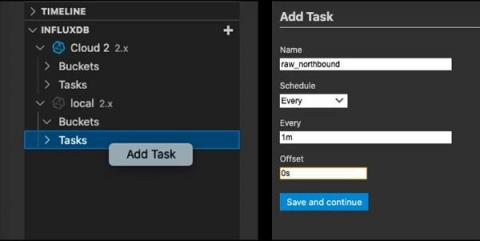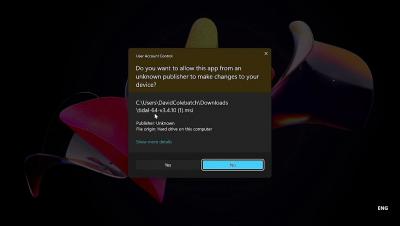Operations | Monitoring | ITSM | DevOps | Cloud
Cloud
The latest News and Information on Cloud monitoring, security and related technologies.
Platform.sh commits to helping its customers reduce carbon emissions from cloud activities
Why Right-Sizing in the Cloud is Everything
Galileo Enhancements for Brocade Data Collection
What Are the Benefits of Investing in Cloud Storage Security?
As more and more businesses and individuals choose to store their data online, ensuring the safety of information is becoming exceptionally crucial. According to recent statistics from the Hosting Tribunal, over 95% of IT professionals use cloud storage. This number is expected to grow steadily.
3 Metrics to Monitor When Using Elastic Load Balancing
One of the benefits of deploying software on the cloud is allocating a variable amount of resources to your platform as needed. To do this, your platform must be built in a scalable way. The platform must be able to detect when more resources are required and assign them. One method of doing this is the Elastic Load Balancer provided by AWS. Elastic load balancing will distribute traffic in your platform to multiple, healthy targets. It can automatically scale according to changes in your traffic.
What is the Distributed Cloud?: The Hybrid Cloud Solution Driving the Future Workplace
“It’s in the cloud!” Whether you’re talking about workplace technology or struggling to explain file-sharing to a technologically-challenged relative, we’ve all been trying to learn the ins and outs of cloud computing over recent years. It’s no easy task, as cloud computing has been changing rapidly – which brings us to the latest evolution: the distributed cloud.
Using InfluxDB as an IoT Edge Historian
InfluxDB is increasingly being used in IoT solutions to store data from connected devices. Now it can also be used on IoT edge gateways as a data historian to analyze, visualize and eventually transmit aggregated IoT data up to a centralized server. In this article we’re going to look at three simple ways you can connect an instance of InfluxDB on your IoT Edge device to another instance of InfluxDB in the cloud.



